In pictures: Edinburgh’s Hogmanay celebrations, then and now
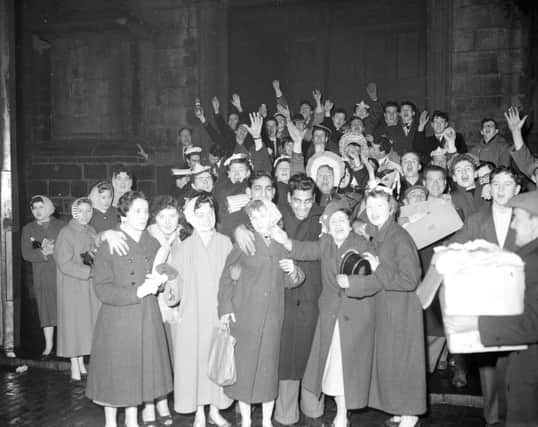

Today, Edinburgh’s Hogmanay celebrations is a professionally organised operation and attracts visitors from across the globe.
In 1996 the Princes Street event attracted more than 400,000 people - considered by the Guinness Book of Records as the largest ever Hogmanay gathering.
Advertisement
Hide AdAdvertisement
Hide AdNumbers are now restricted in the city centre to 148,000 for safety reasons, but thousands more gather in public parks such as the Meadows to view the midnight firework display.
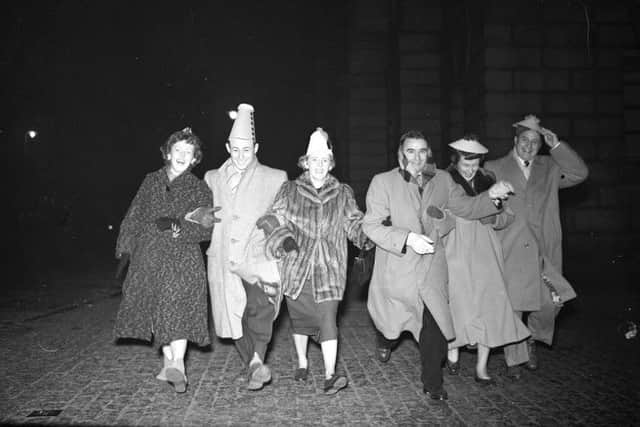

But as these pictures show, tourists from overseas were bringing in the bells in the capital more than 50 years ago.
Hogmanay parties outside the Tron were an Edinburgh tradition dating back centuries. While there were no live bands or approved merchandise stalls on offer, contemporary reports suggest those in attendance were still thoroughly enjoying themselves.
Until the mid-20th century, informal gatherings in town and city centres took place across Scotland. Revellers would see in the bells, shake hands with strangers and wish them a happy new year, before heading off to first-foot a friend or relative.
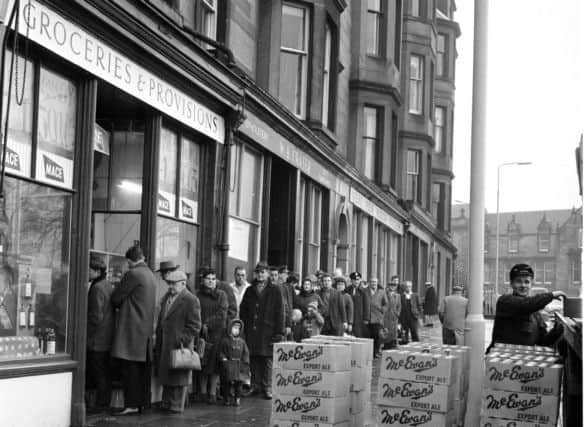

As licensing laws were relaxed in the 1970s and 1980s, allowing pubs and clubs to stay open well past midnight on special occasions, the tradition of meeting outdoors on Hogmanay died out.
The one exception was Edinburgh, where gatherings outside the Tron Kirk persisted.
Residents of the capital would arrive in the High Street from around 10pm on December 31, when the pubs traditionally closed, and enjoy an ubiquitous ‘carry-oot’ until well after midnight.
“The reason why the people of Edinburgh should regard the Tron Church as the essential meeting place on Hogmanay may be slightly obscure - especially as there are other excellent steeples with clocks scattered over the town,” The Scotsman reported on January 1, 1931.
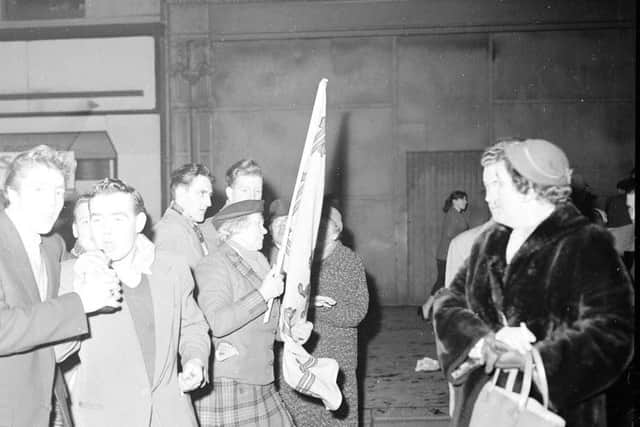

Advertisement
Hide AdAdvertisement
Hide Ad“But, the fact remains that the other clock-decorated steeples chime in the New Year without any sign of public interest, while the Tron clock looks down every year on a seething mass of citizens, some gazing at it, some waving to it, and some thinking of it as an old friend met once a year on this festive night.
“Last night, the people were there, and the bottles were there, and all the other accompaniments of a Tron Hogmanay night.
“The “certain liveliness” which visits the centre of the city at this time of year became evident quite early in tho evening. Round about the High Street and the North Bridge there seemed to be an unusual hum of noise and an unusual traffic of pedestrians. Bands of small boys, wearing paper hats, played tunes — if they could be called tune s— on trumpet-like instruments.
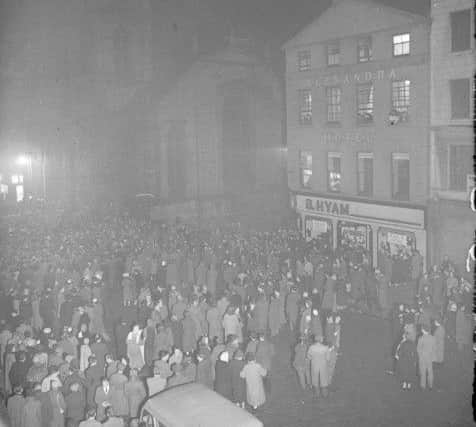

“Later on the small boys mostly disappeared, but in their place there were bands of adults, who appeared to have appropriated the head gear and musical equipment of their juvenile predecessors , not forgetting the patriotic bagpipes.
“The singing and the shouting grew proportionately louder as the Old Year’s closing minutes drew near, and when the steeple clock at the Tron indicated twelve midnight, 1931 came to Edinburgh amid a crescendo of salutations and cheery greetings.
“Then the tumult died — more or less — and those who felt in an appropriately energetic mood set off on “firstfooting” expeditions, while the others went home for their first sleep of the New Year.”
